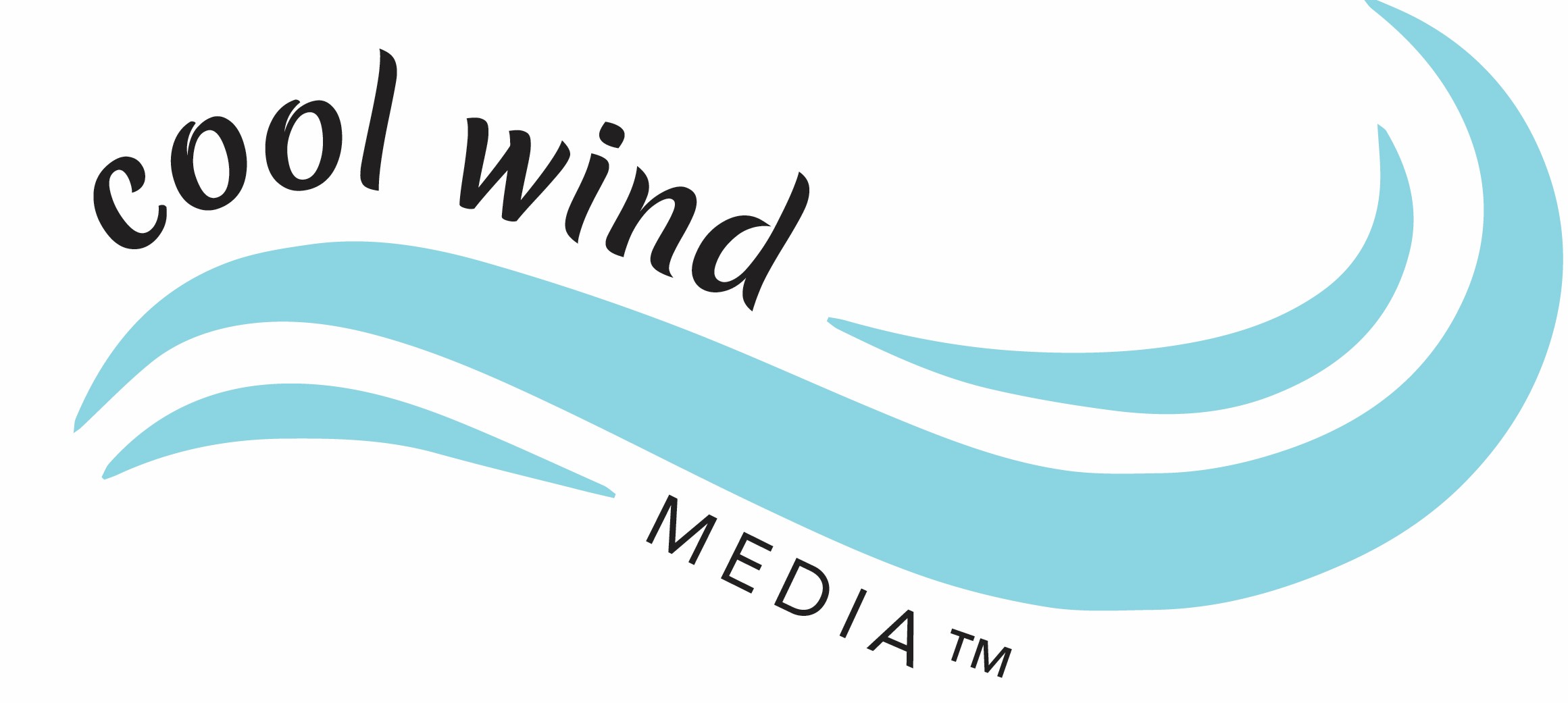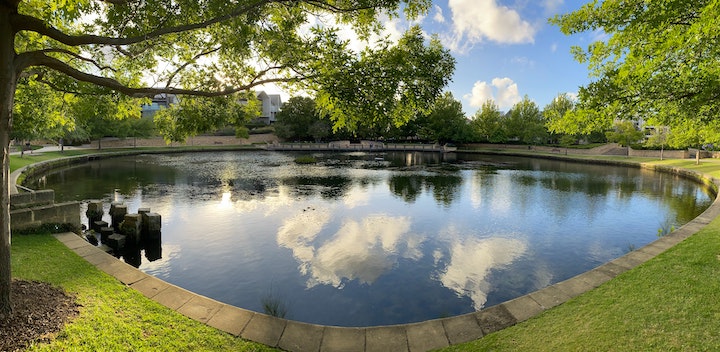Do you ever wonder what causes algae to grow and take over your pond? Why is it so hard to control? Why is this plant so hard to get rid of? Huge algae blooms are caused by increased nutrient loading in our waterways from population growth, worldwide travel, climate change, and pollution from toxins. Nitrogen and phosphorus and seeping into our water from fertilizers and feeding the rapid overgrowth of algae. Nutrient sources, like fertilizers, grass clippings, leaves, animal waste, and eroded sediment can cause an explosion of algae growth.
Long term actions you can take to reduce nutrient overload in your pond.
Choose natural management methods like pond aeration and sub-surface aeration oxygen bubbles to help oxygenate the water and reduce the availability of excess nutrients.
Testing the water to determine the levels of excess nutrients is the first step.
Adding Oxygen
Oxygen is needed for life, and that includes the micro life under the surface of your pond. But if pollution, invasive aquatic plants, and toxic algae bloom cover the surface of the water, this will prevent oxygen from getting to the areas that need it. What will happen then is poor water quality, foul odors, bottom muck build-up, possible fish kills, and scary toxic algae blooms.
Luckily, several lakes and pond aeration solutions are available to naturally correct imbalanced conditions—each having a unique benefit, but also some limitations:
Many pond owners like the Floating architectural fountains for aeration and aesthetics in lakes and ponds. Correctly sized fountains will provide water column mixing in shallow water bodies not deeper than 6’. As the spray from the fountain falls from the air in their beautiful spray, it spreads across the surface, forcing the release of submersed gases, helping to stop nutrient pollution, and introducing beneficial oxygen onto the surface of the water.
Another form of decorative aeration in large lakes and ponds is a floating surface or decorative aerator. This option allows you to have the beautiful spray but will aerate at a much higher volume.
A new aeration option is submersed micro bubble aerators.
Submersed aeration
In contrast to fountains, submersed aeration systems utilize an air pump placed on the
shore, which pumps air through subsurface weighted tubes and diffusers that oxygenate the water from bottom to top. As the bubbles rise to the surface, they increase oxygen throughout the waterbody and disrupt stratification. Similar to floating fountains or aerators, submersed aeration systems help change nutrients to more diluted forms that cannot sustain nuisance aquatic weed and algae growth, These systems are placed at the bottom of the pond as they may not properly circulate shallow water.
This aeration alternative has helped maximize the benefits of both decorative floating fountains and surface aeration systems. These micro oxygen bubbles are much more effective at illuminating bad odors, breaking down bottom muck, and bringing back water quality.
Each of these solutions works differently—and they accomplish very different things. Using them as a combined solution, depending on your pond’s condition help target your water quality problems.




